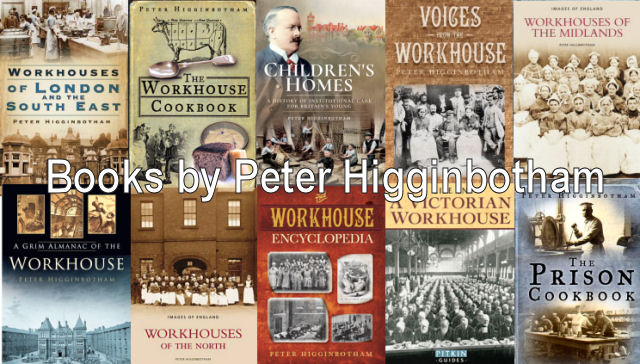Popular Myths about the Workhouse
Myth 7 - Once in a workhouse, it was impossible to get out.
Workhouses were not prisons. Any adult inmate could leave by giving a few hours notice of their intention to leave. If an inmate had dependents in the workhouse with them, they all had to leave together. Some people — known as the 'ins and outs' — used the workhouse almost as a free lodging house, entering and leaving after a few days, a process they repeated dozens of times a year.
It was sometimes said that elderly people's fear of the workhouse was due to their belief that, once inside, the only way out would be in a coffin. Actullay, that was often true — not because workhouses were terrible places, but because at that time they were the only places that offered any care or treatment for the poor nearing the end of their lives and whose families could no longer provide the care that they needed.
In 1910, when elderly workhouse inmates became eligible to receive old-age pensions, some couples were able to leave the workhouse and live independently. Some inmate weddings even took place, as in the case of William Hennen, 94, and Fanny Wadhams, 80, who married after leaving the Medway Union workhouse, Chatham, where they had fallen in love.
For many years, a woman whose husband was in the workhouse was not allowed to depart on her own without his permission. Following a vigorous campaign, the law was changed 1911 to give a married woman the right to leave regardless of her husband's wishes.
For those deciding to leave the workhouse, though, there was no help (such as a cash allowance to help with an advance payment of rent or the purchase of tools) so resuming life on the outside was often difficult.

An elderly woman (left) leaves a workhouse after several years' residence, 1884. © Peter Higginbotham
Next myth...
Unless otherwise indicated, this page () is copyright Peter Higginbotham. Contents may not be reproduced without permission.



